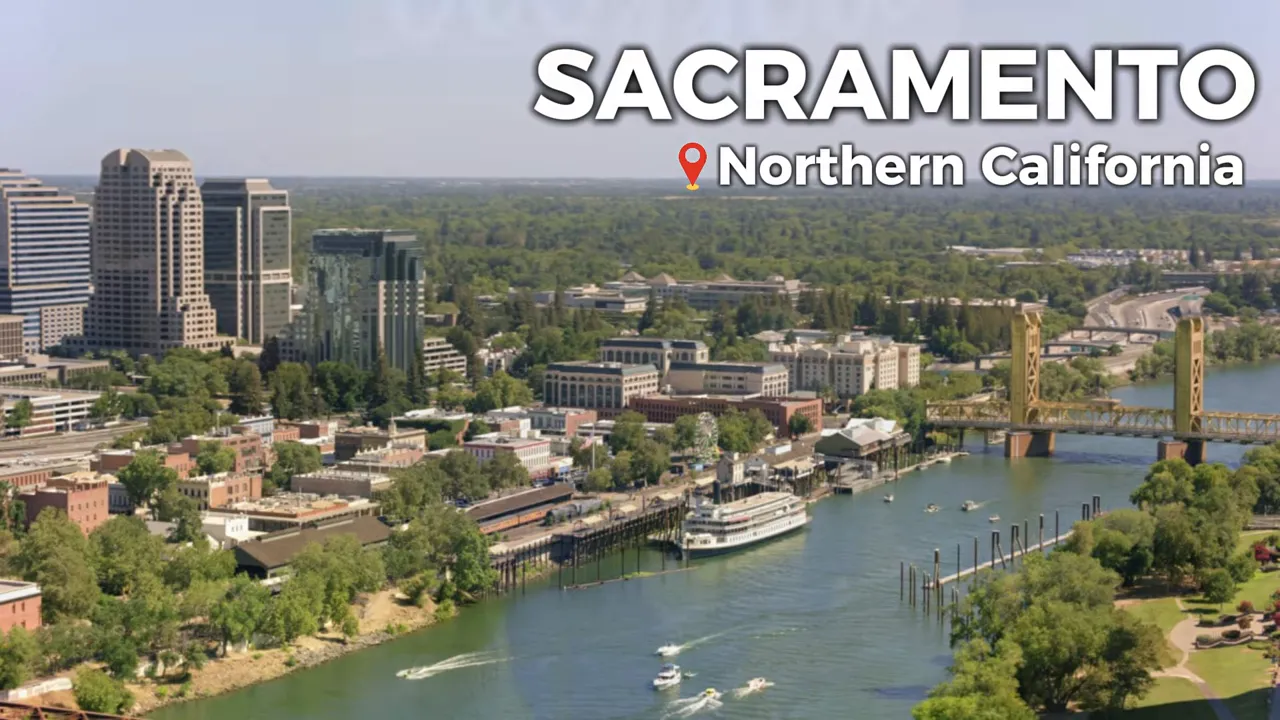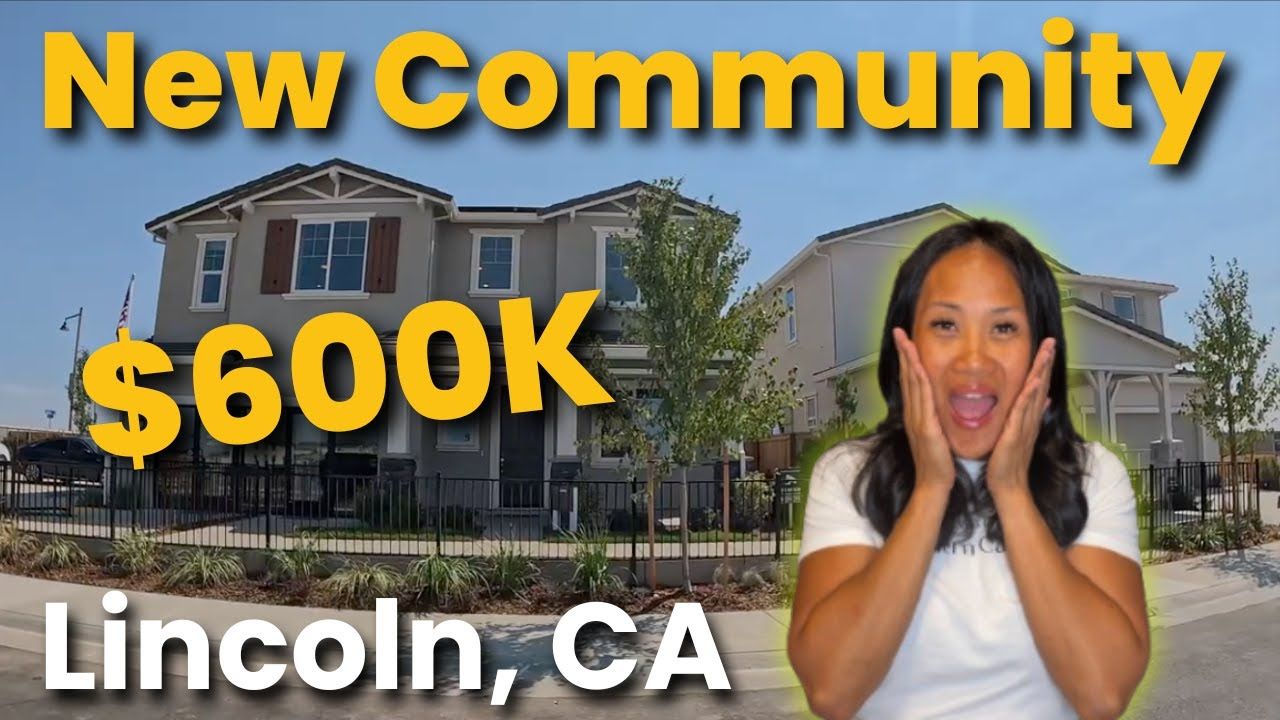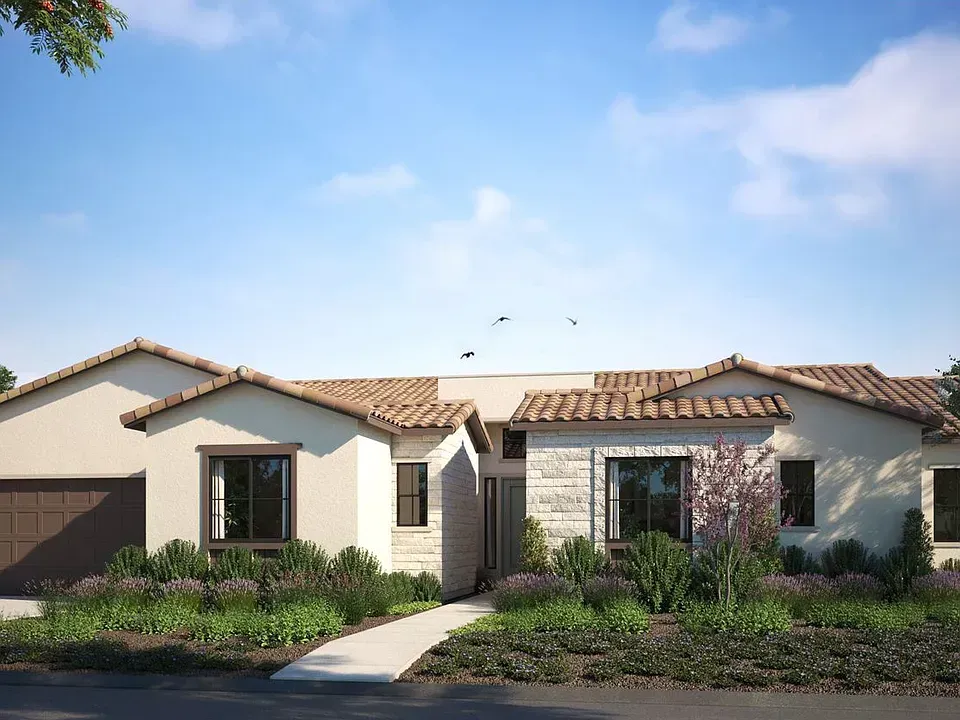Moving to Sacramento, CA: What I Wish I Knew Before the Move
If you are thinking about moving to Sacramento, CA, this guide will walk you through the realities, the surprises, and the practical tips we learned after relocating here. Sacramento is more than a capital city; the greater Sacramento region stretches across multiple counties, and the lifestyle, housing market, and job landscape are changing fast.
Table of Contents
- Why So Many People Are Moving to Sacramento, CA
- What We Mean by the “Sacramento Region”
- Housing in Sacramento, CA: New Construction and Better Value
- Job Market and Industries in the Sacramento Region
- Infrastructure and Schools in Sacramento’s New Neighborhoods
- Pros of Moving to Sacramento, CA: What We Love About Life Here
- Cons of Moving to Sacramento, CA: Honest Tradeoffs to Consider
- Sacramento, CA Weather: Heat and Lifestyle Adjustments
- Healthcare Access in the Sacramento Region and Growth Challenges
- Practical Tips for Families Moving to Sacramento, CA
- How to Approach Buying New Construction in Sacramento, CA
- Finding Your Community After Moving to Sacramento, CA
- FAQs About Moving to Sacramento, CA
- Final thoughts
Why So Many People Are Moving to Sacramento, CA
The most obvious reason people are moving to Sacramento, CA is affordability. Compared with the Bay Area market, the greater Sacramento region offers access to brand new homes and family-friendly neighborhoods at price points that are much more realistic for first time buyers and young families.

Beyond price, there is a feeling of forward momentum. New communities are being built with modern infrastructure, new schools, parks, and shopping centers. For many families, that newness—clean sidewalks, fresh landscaping, modern floorplans—wins out over the charm of older neighborhoods.
VIEW NEW CONSTRUCTION HOMES FOR SALE IN SACRAMENTO, CA
What We Mean by the “Sacramento Region”
When people say Sacramento, they often mean the whole region: Sacramento city and the surrounding suburbs and towns in Sacramento County and parts of Placer and El Dorado counties. This includes places like Roseville, Elk Grove, Rancho Cordova, Folsom, Rocklin, Lincoln, and El Dorado Hills. If you are moving to Sacramento, CA it helps to think regionally rather than just city limits.
Housing in Sacramento, CA: New Construction and Better Value
One of the most practical reasons for moving to Sacramento, CA is the inventory of new homes. You can find newly built three to four bedroom homes in suburbs like Roseville in price ranges that would be unattainable in many Bay Area cities. For families trying to get a foot in the door, that matters.
New developments often include community amenities—parks, trails, and schools—that are built at the same time as the houses. That means younger neighborhoods often feel cohesive and thoughtfully planned. If you prefer brand new finishes, open floor plans, and builder warranties, this is a major advantage.
Job Market and Industries in the Sacramento Region
People moving to Sacramento, CA frequently ask about jobs. The region has a diverse employment base. Health care systems and hospitals recruit nurses, doctors, and allied health professionals. Construction is booming because of the sheer amount of building activity. There are also tech and startup pockets—some national firms have a presence here—and an increase in remote workers and entrepreneurs choosing the region for its cost of living and lifestyle.
Military families benefit from proximity to bases within a reasonable drive. For anyone in construction or related trades, long-term demand is likely given continued development across residential and commercial projects.
Infrastructure and Schools in Sacramento’s New Neighborhoods
When entire neighborhoods are built at once, supporting infrastructure tends to be modern. That means new schools, new parks, bike paths, and shopping centers. If the school quality is a top priority, many families moving to Sacramento, CA value the forward-thinking design of newer districts and the convenience of walkable community amenities.
New campuses often open with updated equipment and contemporary layouts, which can make a meaningful difference for young families. If you value that "brand new" feel and the convenience of everything being nearby, the region can deliver.
This area is exploding with potential.
Pros of Moving to Sacramento, CA: What We Love About Life Here
- Affordability: More house for your money, especially compared with the Bay Area.
- Family-friendly neighborhoods: New parks, trails, and community centers.
- Growth and opportunity: Construction, healthcare jobs, and an expanding tech presence.
- Proximity to outdoor recreation: Lake Tahoe and other escapes are a few hours away.
- Community feel: New neighborhoods attract other families in similar life stages.
Cons of Moving to Sacramento, CA: Honest Tradeoffs to Consider
No place is perfect. If you are moving to Sacramento, CA you should plan for a few tradeoffs. Summers are hot—sometimes very hot—and inland temperatures can remain high into the evening. If you are used to coastal cool nights, be prepared for consistently warm evenings in summer.
New construction brings transient inconveniences. Ongoing building means road work, occasional noise, and debris like nails on local streets. For most people these are manageable nuisances, but they are real and they can add up if you live next to a developing parcel.
Sacramento, CA Weather: Heat and Lifestyle Adjustments
Summers here can stretch on. The first month feels like summer fun, but several months of triple-digit heat can wear on a family. Air conditioning becomes essential rather than optional. If you are moving to Sacramento, CA from a coastal climate, check that your future home has reliable cooling.
Plan your summer routines around water: pools, lakes, and weekend escapes to higher elevations. Many families find themselves making regular trips to places like Tahoe, the coast, or shaded recreation areas to beat the heat.
Healthcare Access in the Sacramento Region and Growth Challenges
The medical industry is a big employer, but rapid population growth means appointments can get booked. After moving, you might discover long wait times for certain pediatric or specialty appointments. Bigger hospitals and larger clinics typically have better availability; smaller offices may take longer to schedule.
If healthcare access is a priority, research specific providers and hospital systems before choosing a neighborhood. That little bit of planning will save stress later.
Practical Tips for Families Moving to Sacramento, CA
- Visit neighborhoods at different times of day. Traffic, noise, and sunlight exposure feel different at 7 a.m., noon, and 7 p.m.
- Check builder timelines and community plans. Find out what is scheduled to be built nearby—new roads, schools, or commercial centers can affect daily life.
- Confirm cooling systems and insulation. If you are moving to Sacramento, CA prioritize homes with a function c ing HVAC system and good windows.
- Ask about community associations and rules. New developments often have HOA policies; read them carefully.
- Network with neighbors. In new communities, neighbors share resources and local recommendations quickly.
How to Approach Buying New Construction in Sacramento, CA
Walking into a model home unrepresented can feel tempting because builders sometimes offer incentives. However, having buyer representation matters. A local real estate professional who knows the area, builder practices, and negotiation strategies can protect you and help secure the best deal.
If you are moving to Sacramento, CA and plan to buy new construction, ask questions about lot placement, future phases, community amenities, and the builder's warranty and timeline. Those details impact both convenience and long-term value.
Finding Your Community After Moving to Sacramento, CA
Moving always includes a social reset. Whether you come from an urban area or another state, it takes time to find your favorite restaurants, hair stylists, and gyms. The upside in new developments is neighbors are often in the same situation and eager to share local tips.
If you are moving to Sacramento, CA try neighborhood social channels, community events, and local parenting groups to speed up the process. Those channels are invaluable for recommendations on doctors, dog parks, and schools.

VIEW NEW CONSTRUCTION HOMES FOR SALE IN SACRAMENTO, CA
FAQs About Moving to Sacramento, CA
Is the Sacramento region right for your family?
The short answer: it depends on priorities. If affordability, growing job opportunities, and modern communities are high on your list, the region is compelling. If you value coastal weather year-round, a dense urban restaurant scene, or immediate access to specialty healthcare, weigh those needs carefully.
Think long term. Many people moving to Sacramento, CA see it as an area with strong upside—new infrastructure, room to grow, and a lifestyle that supports families. For others, a slower pace of cultural change or hotter summers may be a deterrent.
How far is Sacramento from the Bay Area and Lake Tahoe?
Sacramento is a few hours' drive from major Bay Area cities and a similar drive to Lake Tahoe. Exact travel time depends on traffic and your starting point, but the region offers convenient access to both urban and mountain recreation.
What cities are included when people talk about the Sacramento region?
The region typically includes Sacramento city and surrounding suburbs like Roseville, Elk Grove, Rancho Cordova, Folsom, Rocklin, Lincoln, and El Dorado Hills. Some areas fall in adjacent counties but are commonly grouped together when discussing the region.
Will I find affordable homes if I am moving to Sacramento, CA?
Yes. Compared with many coastal California markets, the greater Sacramento area offers new and resale homes at more accessible price points. First time buyers often find their best opportunities here.
Is it hard to get medical appointments?
Growing demand means some clinics and pediatricians have longer waits. Larger hospital systems and bigger clinics typically have more appointment availability. Researching providers in advance helps avoid surprises after the move.
How hot does it get in summer?
Summers can be consistently hot with many days in the 90s or triple digits, and evenings that stay warm. Air conditioning is highly recommended. Plan for outdoor activities in mornings or evenings and use nearby lakes and higher elevations to escape heat.
Any last advice for families moving to Sacramento, CA?
Visit neighborhoods multiple times, prioritize cooling systems in your home search, and connect with neighbors early. Use local communities and social media to collect recommendations for doctors, schools, and services. Buying new construction can be a great opportunity, but make sure you have representation to protect your interests.
Final thoughts
Moving to Sacramento, CA is a practical choice for many families seeking better housing value and a family-oriented environment. The region is in the middle of a growth cycle: lots of construction, improving infrastructure, and expanding job opportunities. The tradeoffs are heat, occasional construction nuisances, and the effort required to establish your local network.
If your priorities are affordability, new schools, and room to grow, the area is worth serious consideration. If you value immediate access to coastal weather and a vast urban cultural scene, weigh those differences carefully. Either way, planning ahead—especially about cooling, healthcare, and builder timelines—will make the transition smoother.
If you need to buy a home, contact me — call or text (925) 922-3901 and I’ll help you through the process.
READ MORE: Sacramento Home Buyers Are Flocking to Rancho Cordova











